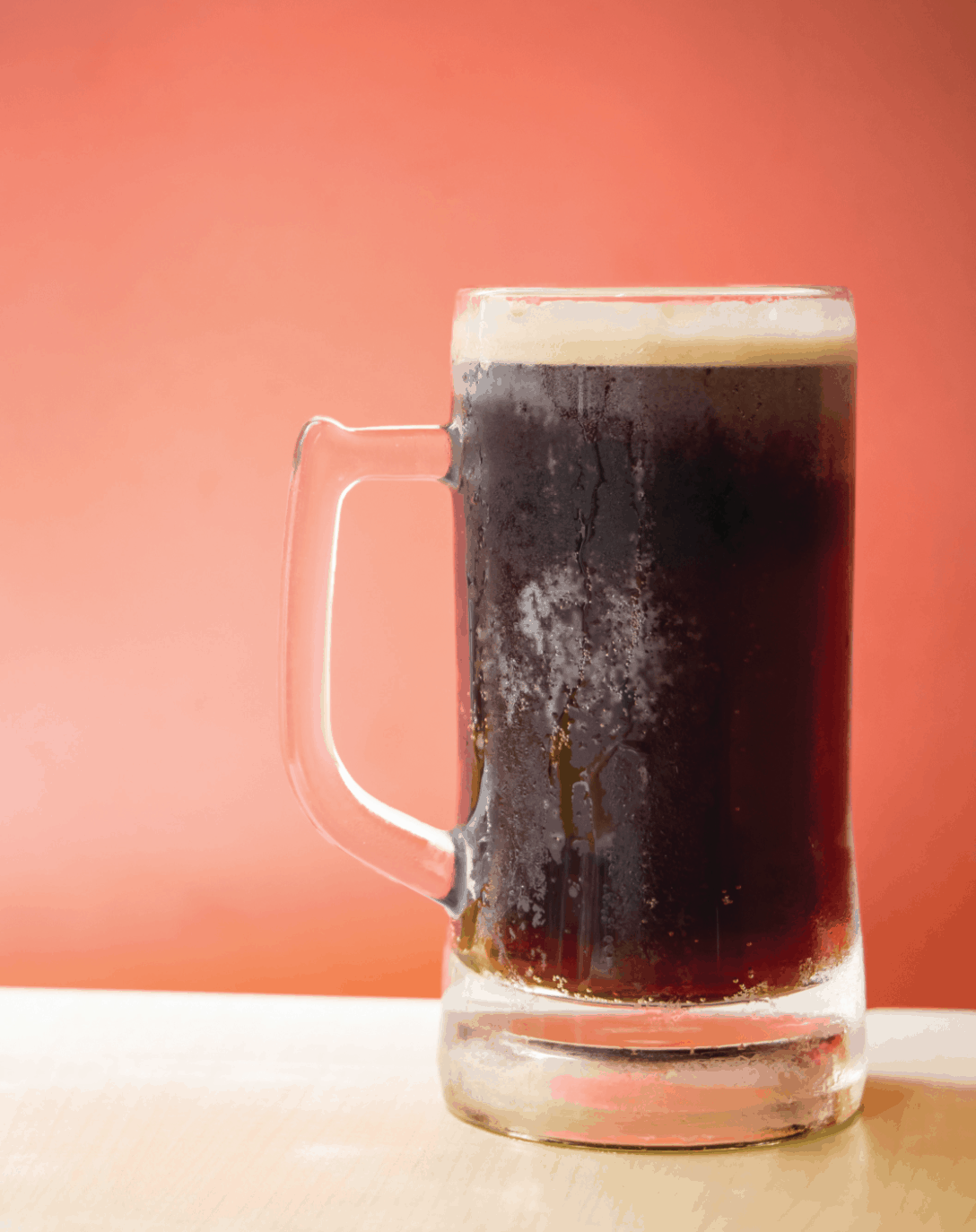
When you think “sarsaparilla,” do you hear Sam Elliott’s dusty drawl? Yosemite Sam’s flustered bark? Though more easily found in old Westerns than on supermarket shelves, this soft drink is uniquely suited to modern amaro-loving palates. Sarsaparilla gets its name from the dried root bark of Smilax ornata, a trailing vine native to parts of Central and South America and the Caribbean. Used for centuries in medicinal tea, it became a key ingredient in early American soft drinks, where sassafras, wintergreen, and licorice tempered the root’s bitterness. Contemporary takes on the drink are artificially flavored, but the best of them retain a hearty earthiness.
Sarsaparilla Soda
Consider it root beer’s ornery grandpappy: Before Big Cola flattened the American palate, sarsaparilla root—combined with sweet sassafras and woody birch oil—brought big, bold flavors to the soft-drinking public. At their best, today’s sarsaparillas retain the bracing, medicinal character of their forebears. Spiky, raw cheeses will enhance its herbal flavors, or go for something with enough creamy richness and complexity to stand up to the sweet.
Sarsaparilla Root Tea
For centuries, Native peoples across the American continent used sarsaparilla to treat everything from colds to psoriasis to ringworm to leprosy. Spanish and English colonists alike favored the tea as a treatment for syphilis. Today, we can appreciate its wintergreen, anise, and licorice flavors as a palate cleanser or digestif—a sweet, nutty aged Gouda makes it dessert.
+ sarsaparilla root tea
+ sarsaparilla root tea
Sarsaparilla Chili
If you’ve tried adding cola or root beer to your pulled pork or beef chili, you know that braising with a soft drink can tenderize your meat while adding surprisingly subtle flavors. Sarsaparilla brings a nice hit of sweetness and a little herby complexity—crumble something buttery and salty atop for a well-balanced bowl.
+ sarsaparilla chili
+ sarsaparilla chili



